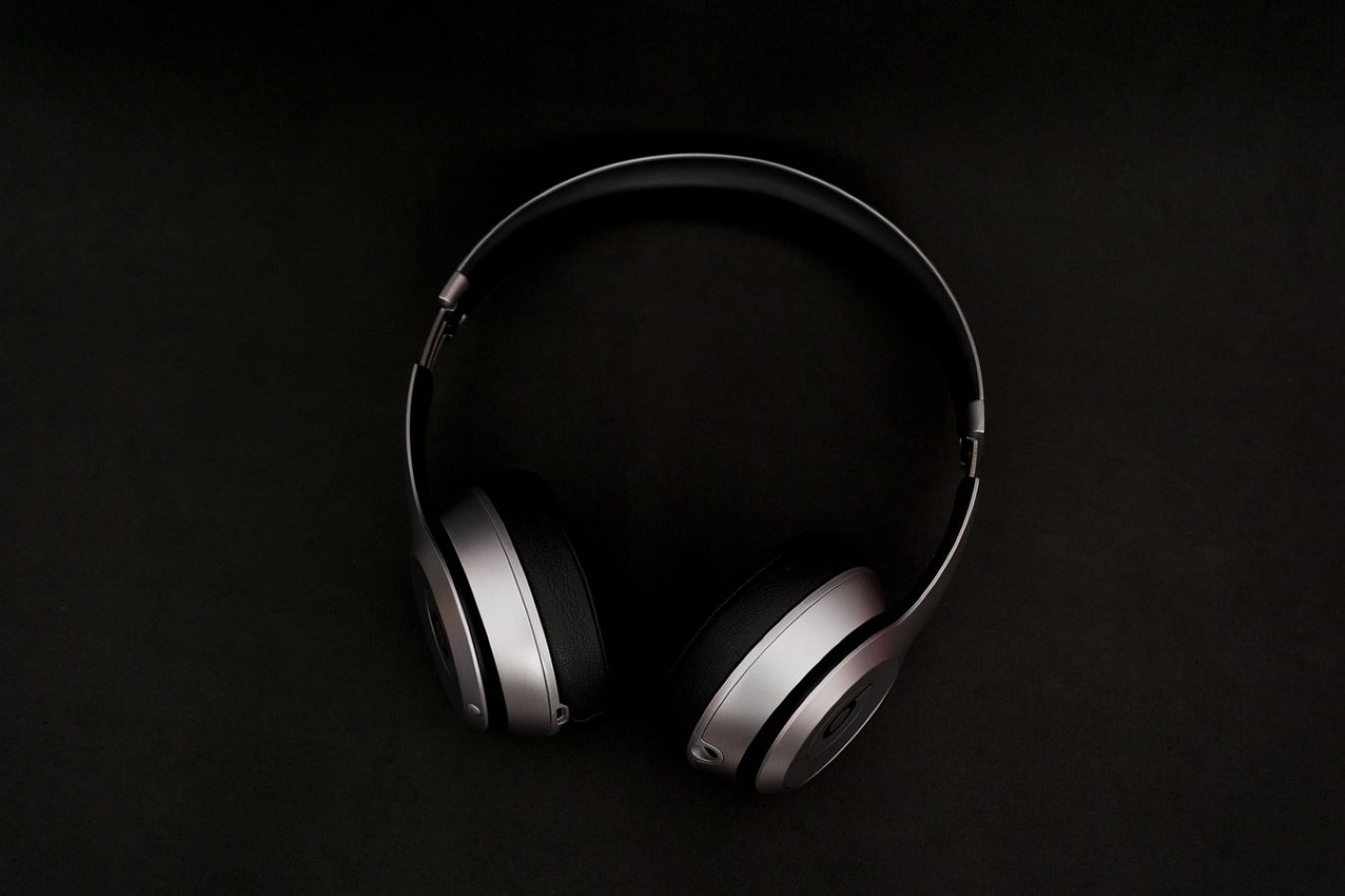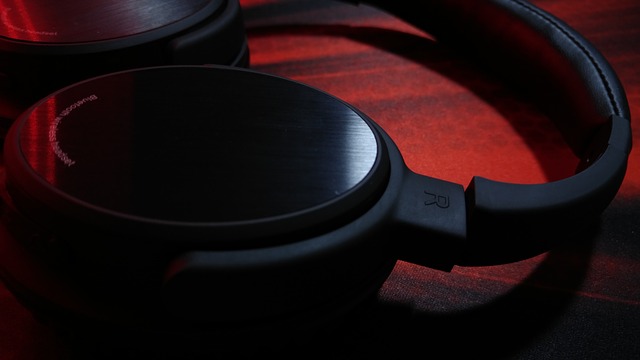Would you like to buy a pair of wireless headphones but, not having a very high budget available, are you afraid of running into poor quality products? Would you like a hand to understand a little more in depth the technical differences that exist between the various types of headphones on sale in stores? Don’t worry, we are here today to help you with that.
Take five minutes free and find out on the basis of which parameters, technical and practical, you need to choose a pair of wireless headphones. We assure you it is less difficult than you think. In a few minutes and you will learn a lot of technical terms that currently, most likely, sound unfamiliar to you. For example, you will find out for sure if they are better for you than on-ear or over-ear headphones, if you need headphones with active noise reduction and whether to opt for stereo or surround headphones.
How to Choose Wireless Headphones
As just mentioned, wireless headphones are not all the same: they can be distinguished by shape, type of sound and other technical characteristics. Here are the peculiarities that you need to take into consideration the most before proceeding with the purchase.
Format
Headphones, based on their size, are divided into on-ear (supra – aural) and over-ear / around-ear (circumaural): the former are smaller and rest directly above the ear cups, the latter are larger and they have protruding “pads” that allow the ear cups to be enclosed in the ear cups. The over-ear are heavier and bulkier than the on-ear, but ensure greater isolation from the external environment. You have to choose them according to your needs and which ones are considered most comfortable to wear.
A distinction must then be made between open, semi-open and closed headphones. As can be guessed easily enough, closed headphones ensure the maximum degree of sound insulation (they do not let sounds pass from the outside and do not make those around you hear what you are listening to) but can annoy those who are not used to bring them, the open ones instead guarantee greater comfort but do not isolate the sound. The semi-open ones try to provide a good compromise between the first two.
Choose the headphones according to your aesthetic tastes but even more according to their degree of comfort: they must adapt to the shape of your head and be “compatible” with all your needs and requirements. For example, if you wear glasses you must be careful to buy comfortable headphones, possibly adjustable, that do not make you feel annoyed every time you wear them.
Audio Channels
The headphones, depending on the number of supported audio channels and the number of speakers inside them, can be stereo, 5.1 or 7.1. The stereo ones, which support two audio channels, are equipped with two speakers – one for each ear – and are ideal for listening to music.
The 5.1 and 7.1 headphones support 5.1 and 7.1 audio channels respectively and are particularly suitable for gaming activities. They are divided into real and virtual: the real ones have four or five speakers per ear, while the virtual ones have one speaker per ear like stereo headphones and simulate 5.1 or 7.1 surround through software. As easily understood, real 5.1 or 7.1 headphones are much more expensive and rare to find than virtual ones, which do not always guarantee good sound.
Importantly, virtual 5.1 and 7.1 headphones, in most cases, work in 5.1 and 7.1 modes only on PC. On video game consoles like PS4 and Xbox One they work in stereo mode, as they cannot rely on the audio processing software available on computers.
Moral of the story: for music it is always better to choose stereo headphones, while for gaming and watching movies you can consider 5.1 or 7.1 surround headphones, but they must be of good quality, otherwise it is better to opt for classic headphones stereo even in these cases.

Wireless Technology and Range
The most common are the Bluetooth ones, but there are also radiofrequency headphones and infrared headphones.
The Bluetooth headphones, which are currently the most popular, have a range of about 10 meters, by their nature they compress the audio signal (even if the most advanced models ensure a quality practically indistinguishable from that guaranteed by headphones with cable) and have the indisputable advantage of being able to connect to devices such as computers, smartphones and tablets without resorting to external receivers.
In addition, the Bluetooth headphones allow you to control multimedia playback through special buttons on their pavilions, to answer calls (as they are equipped with a microphone ) and in some cases they can interface with other devices via NFC, so they can be paired with smartphones and other devices equipped with NFC chips with a simple physical contact.
Some Bluetooth headphones produced by Apple and Beats (a company owned by Apple itself) support a special chip that allows you to pair with iOS devices at the push of a button (which automatically appears on the device screen when the headphones are brought closer to the latter) and causes the headphones to be automatically recognized by all devices connected to the same Apple ID: iPhone, iPad, Mac, and so on.
Remaining in the field of multi-device management, we would like to point out that some Bluetooth headphones have support for the multipoint function, which allows you to use the same pair of headphones with two or more devices at the same time.
Radio frequency (RF) headphones, on the other hand, are much more efficient, as they can have a range of up to 100 meters and offer good audio quality, while headphones that use an infrared system are very cheap., guarantee excellent audio quality but have a fairly limited range (we recommend them only if you have to stay in the confines of a single room)
In summary: from a technical point of view, the best ratio between sound quality and signal strength would be offered by RF headphones, but from a practical point of view, the Bluetooth headphones “win”, which are more versatile and integrate perfectly with phones., tablets, computers, game consoles and TVs. The infrared headphones, on the other hand, are only suitable for those who want to spend little and do not need a very extensive signal coverage.
Microphone and Controls

As already mentioned above, most Bluetooth headphones have a microphone to answer calls (and interact with the voice assistants of smartphones, such as Siri or Google Assistant) and commands that allow you to control multimedia playback and adjust the listening volume.
The commands are almost always universal, in the sense that they work the same way regardless of the device to which the headphones are connected, but there are special cases in which these are compatible only with certain devices (e.g. only with Android or only with iPhone / iPad ). Be well informed on this point before making your purchase.
As for the microphone, inquire about its quality, especially its ability to silence surrounding noises and return crystal clear audio to anyone on the other end of the phone.
Autonomy
The wireless headphones all run on battery and have a variable autonomy. The Bluetooth ones are powered by rechargeable batteries (like smartphones), they can last several tens of hours per charge and in many cases they can also be used via cable (perhaps giving up some more advanced function). The headphones radio frequency and infrared can be powered by AA batteries and AAA batteries and also have several hours of battery life.
The most advanced Bluetooth headphones can have fast charging systems that allow you to get several hours of autonomy in exchange for a charge of a few minutes.
Noise Reduction
Some models of headphones naturally isolate from external noise thanks to their structure, but in some cases this is not enough. To get the maximum isolation, you need to buy headphones equipped with active noise reduction technology, which uses the microphones integrated into the headphones to cancel (or partially limit) external noise even in the most chaotic situations, for example on an airplane.
Active noise canceling headphones are very expensive, so think carefully before buying a pair.
Sound Quality
Before buying a pair of headphones, be well informed about the type of sound they produce – if, for example, they prefer bass by sacrificing a bit the mid frequencies – and try to correctly interpret their technical characteristics. The values you need to pay more attention to are those relating to impedance, frequency response and sensitivity.

